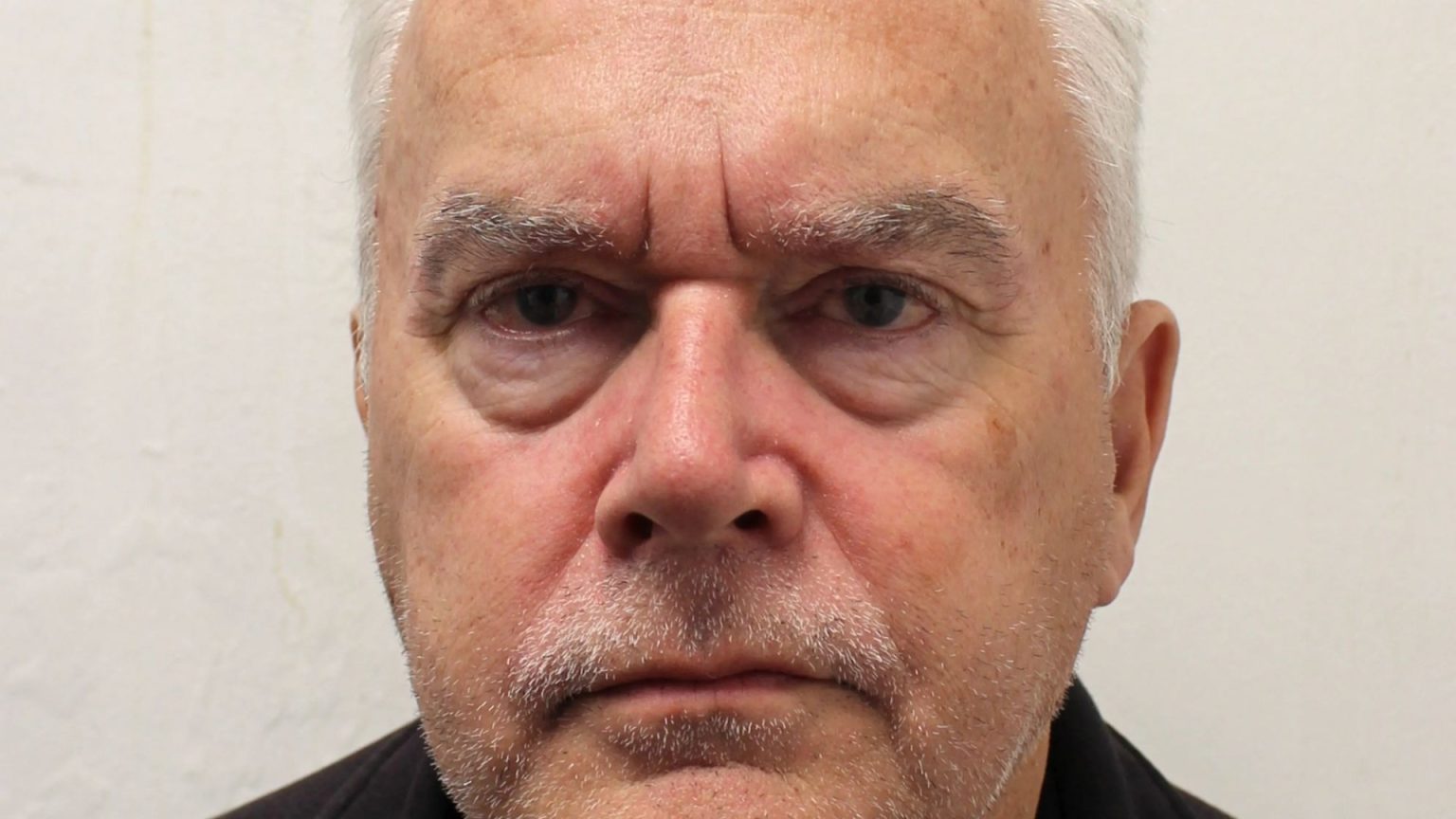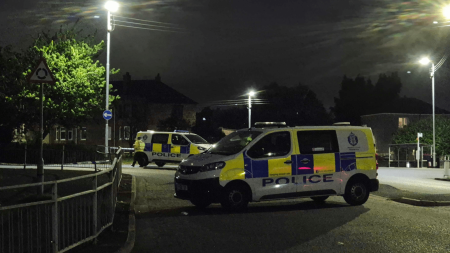The alarming decline in the imprisonment rate of individuals convicted for possessing child abuse images has sparked serious concerns about the effectiveness of the justice system in protecting children. In 2024, only 17% of the 3,220 convicted offenders received custodial sentences, a significant drop from the 35.3% imprisonment rate recorded in 2010. This downward trend coincides with a surge in the number of convictions, reaching the second highest in 15 years, indicating a growing problem coupled with a seemingly lenient approach to sentencing. The majority of offenders, including high-profile cases like former BBC anchor Huw Edwards, received community orders or suspended sentences, raising questions about the deterrent effect of current penalties. This leniency appears to undermine the seriousness of the crime and the devastating impact it has on victims.
The nature of the offenses committed highlights the gravity of the situation. Many offenders possessed thousands of images, including videos depicting the most severe forms of child abuse (Category A). The case of Huw Edwards, who received a suspended sentence despite possessing 41 images, including two Category A videos of a young boy, exemplifies this concerning trend. Similarly, Ralph Harrington, who downloaded a staggering 362,500 images, and teacher Jacob Chouffot, found with 1,000 Category A videos, also avoided jail time. These cases demonstrate the apparent disconnect between the severity of the crimes and the punishments meted out, potentially emboldening offenders and failing to send a strong message of deterrence.
The leniency in sentencing has prompted outrage from child protection advocates, law enforcement officials, and survivors of abuse. The Sun newspaper’s “Keep Our Kids Safe” campaign, which demands mandatory prison sentences for anyone convicted of possessing Category A images, has garnered significant support, including from the National Crime Agency chief Graeme Biggar. The campaign emphasizes the link between possessing these images and the perpetuation of child sexual abuse, arguing that viewing such material creates a market for it and fuels the demand for further exploitation. Former Met Police detective Peter Bleksley echoed this sentiment, highlighting the paradoxical relationship between the escalating problem and the diminishing punishments, emphasizing that the increasing accessibility and distribution of these images translates to a growing number of victims.
The Ministry of Justice’s response, stating that “Sentences are decided by independent judges,” while technically accurate, fails to address the core concerns raised by critics. Judicial discretion, while important, should be exercised within a framework that prioritizes the protection of children and recognizes the inherent harm caused by possessing child abuse imagery. The current system, as evidenced by the declining imprisonment rates, appears to be failing in this regard. A more robust approach to sentencing is needed, one that reflects the gravity of the crime and sends a clear message that such behavior will not be tolerated.
The argument for stricter sentencing is grounded in several key principles. Firstly, it recognizes the inherent harm to victims, both those depicted in the images and those who may become future victims as a result of the continued demand for such material. Secondly, it acknowledges the importance of deterrence, sending a clear message that possession of child abuse imagery is a serious crime with serious consequences. Finally, it emphasizes the need for public protection, ensuring that individuals who pose a risk to children are removed from society. The current trend of lenient sentencing undermines all of these principles and contributes to a climate of impunity.
Addressing this issue requires a multi-pronged approach. This includes reviewing sentencing guidelines to ensure they adequately reflect the seriousness of the crime, providing judges with more specific guidance on the factors to consider when sentencing, and increasing public awareness about the devastating impact of child sexual abuse imagery. Furthermore, investing in resources for law enforcement to effectively investigate and prosecute these crimes, as well as providing support services for victims, is crucial. Only through a comprehensive and concerted effort can we hope to stem the tide of this horrific crime and protect our children from harm. The current system is clearly failing, and urgent action is needed to ensure that those who contribute to the exploitation of children are held accountable for their actions.











